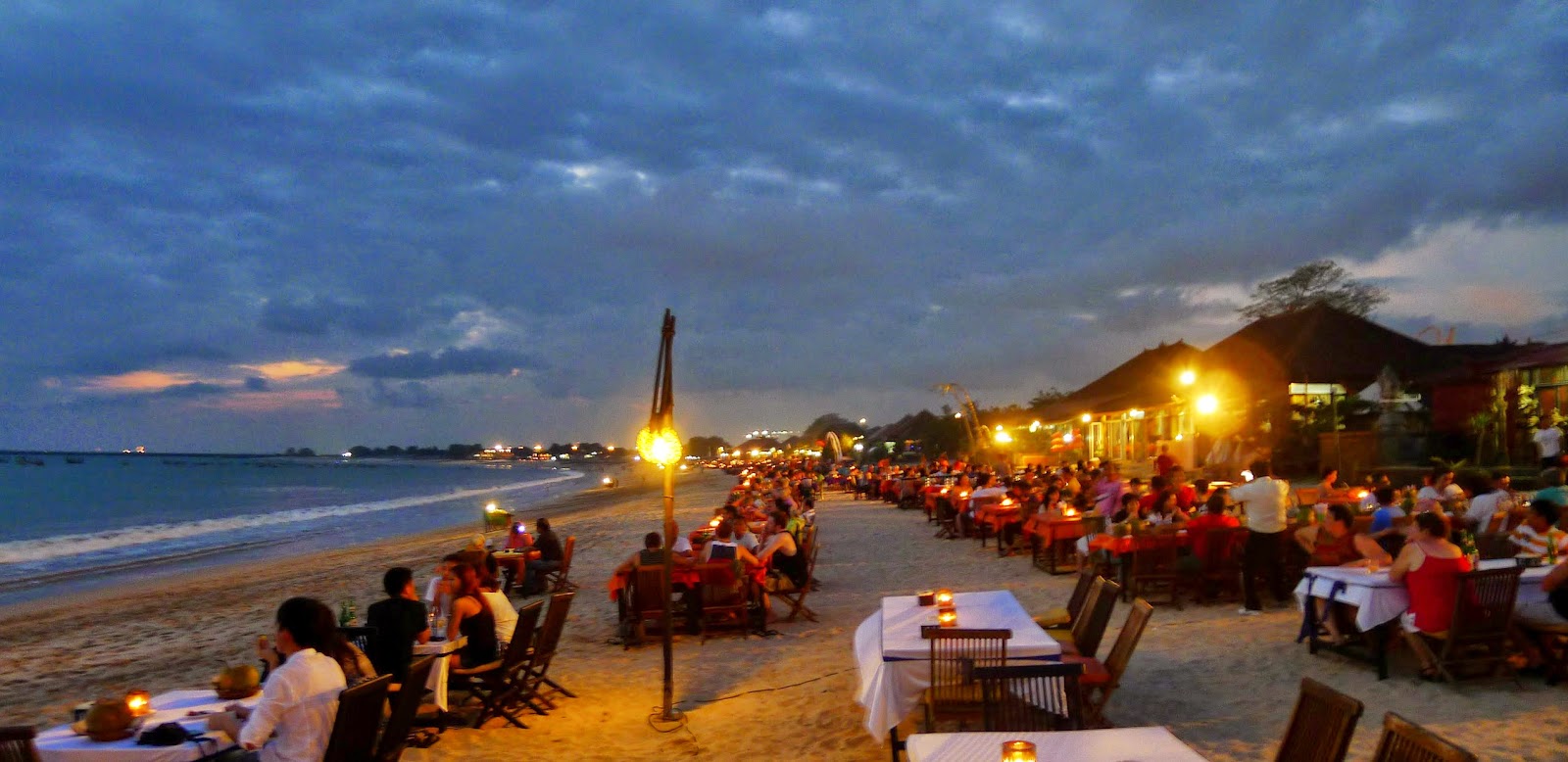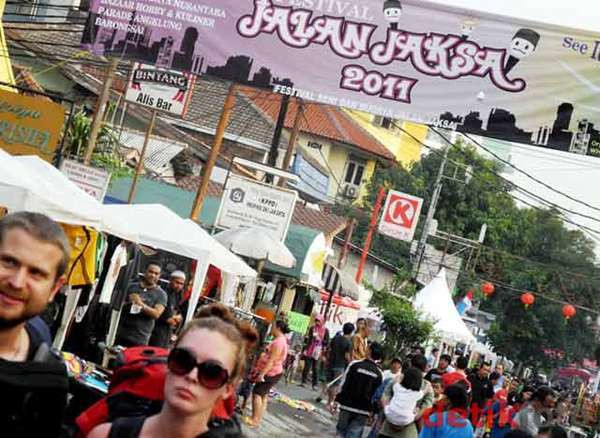Ten More Balis for Indonesia : Part-1 Background, History

Bali Nusa Dua Beach
By Mr. Evan Jones
Recent announcements by the Jokowi government that Indonesia aims to build ten more Balis is a good idea; tourism brings direct prosperity to places frequented by tourists. The money spent helps the nation’s finances.
Of all the countries in SE Asia, Indonesia has by far the most diverse and interesting natural attractions but today, tourist arrivals of 14 million per year lag behind smaller and less interesting neighbours, such as Singapore (17 million arrivals), Malaysia (26 million) and Thailand (35 million).
Paradoxically, Indonesia once led the world in backpacker tourism, the kind of tourists that helped launch Asia’s great tourist destinations, such as Koh Samui, Phuket, Kuta Beach, Pattaya Beach and Goa. Young backpackers are the world’s tourists-of-the-future; their direct dealings with local people lead to many of tourism’s best innovations in architecture, service and cuisine. Sadly, misguided visa policies at the turn of the 21st century killed off many of Indonesia’s secondary destinations.
When today’s big beach destinations began back in the 70s, local people made a living providing young visitors low cost food and lodgings, sometimes little more than humble grass huts for a dollar a day. Those local providers built close human bonds with their young guests. Today, many of those hosts are multi millionaire business people, operating sophisticated hospitality services far removed from $1/day grass huts. As guests get older, those former backpackers demand (and can afford) higher standards of service and comfort. International inbound tourism is a long term business, spanning generations.
In the 70s, when Indonesia led the world in hosting backpacker tourism, several major travel book publishers got their start printing information about how to travel the archipelago, including Tony and Maureen Wheeler’s Lonely Planet travel guide series (120 million books sold), Han Hoefer’s visually stunning Apa series of pictorial guidebooks and Eric Oey’s Periplus Editions.
By the 1980s, Indonesia enjoyed the drive and enthusiasm of a great tourism visionary, Director General of Tourism Mr Joop Ave, who leveraged off the publicity of the travel guidebooks to implement a successful 60 day tourist visa-on-arrival. Indonesia is a big place. Joop understood that young backpackers needed at least 60 days to try out the travel ideas contained in those 1,000 page guidebooks; thousands of foreigners crossed this huge country from one end to the other. The following two decades saw dozens of secondary destinations open and thrive in faraway places such as Lake Toba, Lombok, Kupang, Brastagi in North Sumatra, Bukit Tinggi in West Sumatra, Bromo and Tretes in East Java.
WHAT INDONESIA LOST

The old days of Jalan Jaksa
By the 90s, Jalan Jaksa in Jakarta and Bangkok’s Khao San Road had become equally popular capital city stopovers. But the turn of the 20th century saw this golden age of Indonesian tourism come to an end. Joop Ave retired and there was nobody with his vision to fill his shoes. Officials in the Megawati government thought that charging tourists for visas to enter the country and restricting the visits to 30 days was a clever way to make a fast buck.
Visit Brastagi, Tretes, Jalan Jaksa, Lake Toba or Bukit Tinggi today and see that nearly all evidence of that once great boom of foreign visitors is gone. I visited Brastagi in 2012 and saw a few faded signs in English. There were no more small businesses catering to free traveling foreign guests because I didn’t see a single foreign tourist. People don’t have time to visit lesser known destinations such as Brastagi, when they only have 30 days to see the entire archipelago.
Jalan Jaksa today is just another Jakarta side street; you will be lucky to see a single tourist. Meanwhile, try doing an image web search for Khao San Road to see for yourself, the seriousness of Jalan Jaksa’s relative decline.
Batam used to have it’s Nagoya Entertainment Disrict, where free spending guests from as far as Tokyo, Hong Kong and Guam routinely visited the island’s dozens of cheap and cheerful pubs and food centers. From over 40 outlets in the 90s, only a handful are open today. High taxes, pointless police raids and expensive visa stickers that took up more than a page of visitor’s passports, drove the guests away.
The 1990’s saw thousands of guests from Singapore and Malaysia sailing and cycling the Riau archipelago’s 1,800 islands. By 2003, the new visa rules had killed that business too.
From a peak of 1.5 million annual arrivals in the 90s, Batam’s inbound visitors had dropped to 1,021,711 by 2005.
HOW INDONESIA CAN REVIVE TOURIST ARRIVALS
An axiom of business states that your best customer is the one you already have. That means talking to in-country visitors, to find out what guests think of their experiences so that problems can be fixed.
Every Indonesian tourism official should visit Thailand and report back what they find. See the high quality of staff and facilities of TAT’s (Tourist Authority of Thailand) 35 local offices. Note the good signage, clean car parks, polite well dressed staff who not only speak English but have personal first hand information about local attractions. Note the ample stocks of maps and brochures on display. It is evident that even the junior TAT counter staff clearly understand who their foreign guests are and what information they want. By contrast, in my many dealings with Indonesian tourism officials over several decades, I met few who showed an understanding of these basics of hospitality.
Every Indonesian tourism official should visit Thailand and report back what they find. See the high quality of staff and facilities of TAT’s (Tourist Authority of Thailand) 35 local offices.
For example, I don’t know why, but Indonesia’s once friendly Immigration officers went through a phase for several years, of treating tourists as if they were possible criminal suspects, rather than honored guests. Such interactions by innocent guests with government officials, leave a bad taste in people’s mouths.
If Indonesia wants to be in the tourist business, it needs to continue it’s effort to improve good public service in all sectors. (The good news is that the standard of civility and public service of Indonesia’s railways, police and immigration have all improved in recent years; though there is still room for further improvement. )
For example, the beautiful waterways of Indonesia have an enormous potential far greater than that of the Anderman Sea or Phuket. Indonesia should be the world leader in marine tourism but complicated red tape and the rent seeking mentality of maritime officials made visiting this country by boat an impractical nightmare. Phuket’s marinas have thousands of foreign flag yachts, Batam’s marinas have dozens.
Indonesia needs a concept to build tourism to the level of Thailand’s. But we should take care when using the slogan of “Ten more Balis” as we could risk “putting the cart before the horse”. Tourism’s first step is to make an effort to understand what our best (i.e. existing) customers like and don’t like, about their experience visiting Indonesia. Concentrate on fixing those dislikes and those best customers of our’s will return of their own accord, bringing their friends with them.
Thailand expects 40 million arrivals next year while Indonesia will be lucky to get half that number.
Continue to part 2



